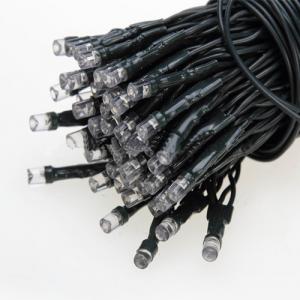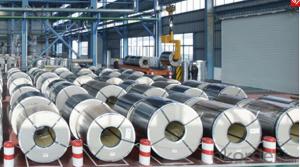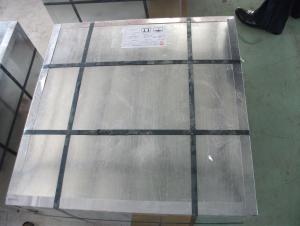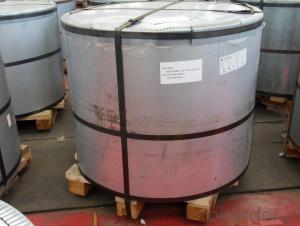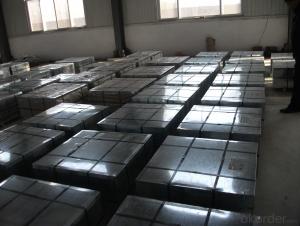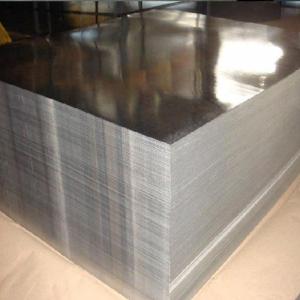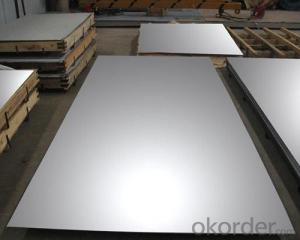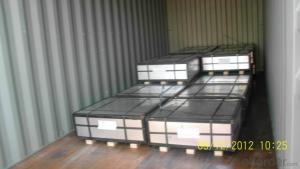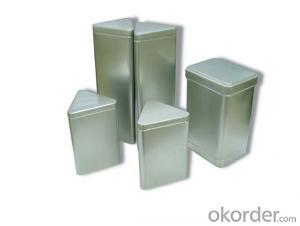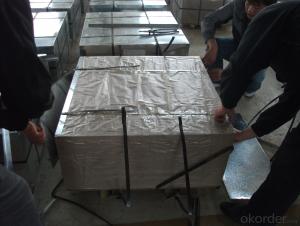Mth Tinplate Christmas
Mth Tinplate Christmas Related Searches
4 By 8 Plastic Sheets Thin Plastic Sheets Flexible Tinplate Coil Quotes Tinplate Iron Clear Plastic Sheets Hard Plastic Sheets 4X8 Lightweight Plastic Sheets Wavy Plastic Sheets White Plywood Sheets Poly Styrene Foam SheetsHot Searches
Tinplate China Tinplate Stock Price Tata Tinplate Price List Tinplate Price Trend Tinplate Nse Share Price Tinplate Price Chart Tinplate Share Price Nse Tata Tinplate Share Price Tinplate Share Price Today Tinplate Share Price Bse Tinplate Price Tinplate Share Price Tinplate Coil Manufacturers Tinplate Sheet Suppliers Food Mixer Sale Tinplate Factory Tinplate Production Tinplate Products Ltd Tinplate Products Tinplate Can ManufacturersMth Tinplate Christmas Supplier & Manufacturer from China
Okorder.com is a professional Mth Tinplate Christmas supplier & manufacturer, offers integrated one-stop services including real-time quoting and online cargo tracking. We are funded by CNBM Group, a Fortune 500 enterprise and the largest Mth Tinplate Christmas firm in China.Hot Products
FAQ
- One of the main challenges in tinplate warehousing is the fragile nature of the product. Tinplate is susceptible to scratching, denting, and corrosion, so careful handling and storage procedures are necessary to prevent damage. Additionally, due to its relatively low melting point, tinplate requires proper temperature and humidity control to avoid deformation or discoloration. Lastly, tinplate is often packaged in large and heavy rolls, making logistics and space utilization critical challenges in warehousing operations.
- Tinplate is commonly printed and decorated using various methods such as lithography, offset printing, and digital printing. These techniques involve applying ink onto the tinplate surface using specialized machines and equipment. The design or artwork is transferred onto the tinplate through a series of steps, including image preparation, plate-making, and printing. This process allows for vibrant and detailed designs to be applied to the tinplate, enhancing its visual appeal and marketability.
- Yes, tinplate can be used for packaging tobacco products. Tinplate is a commonly used material for packaging due to its durability, ability to preserve the freshness of the contents, and its resistance to corrosion. It is a popular choice for packaging tobacco products as it helps to maintain the flavor and quality of the tobacco.
- The main factors affecting tinplate coil cutting and slitting include the thickness and quality of the tinplate, the composition and sharpness of the cutting blades, the tension and alignment of the coil during cutting, and the speed and precision of the cutting machinery. Other factors can include the presence of any defects or irregularities in the tinplate, the temperature and humidity conditions in the cutting facility, and the expertise and experience of the operators involved in the cutting and slitting process.
- There are several different types of tinplate containers available, including cans, tins, boxes, and drums. These containers can vary in size, shape, and functionality, and are commonly used for packaging food, beverages, chemicals, and other products.
- Both tinplate and stainless steel have corrosion protection
- Tinplate is common steel tin plating, tin coating is broken, later, because the tin is more corrosion resistant than iron, so iron will sooner corrosion. Mainly used for tins.
- Tinplate can have both positive and negative impacts on the environment. On one hand, tinplate is a highly recyclable material, which helps reduce waste and conserve resources. It can be recycled multiple times without losing its quality, making it an environmentally friendly choice. On the other hand, the production of tinplate involves energy-intensive processes and can result in the emission of greenhouse gases. Additionally, the mining of tin, one of the main components of tinplate, can have adverse effects on ecosystems and local communities. Therefore, while tinplate offers recycling benefits, its production and sourcing should be done responsibly to minimize its environmental impact.
- Tinplate performs excellently in terms of oxygen barrier properties. The tin coating on the steel substrate acts as an effective barrier, preventing oxygen from permeating through the material. This property makes tinplate ideal for packaging applications, as it helps to preserve the freshness and quality of oxygen-sensitive products.


















